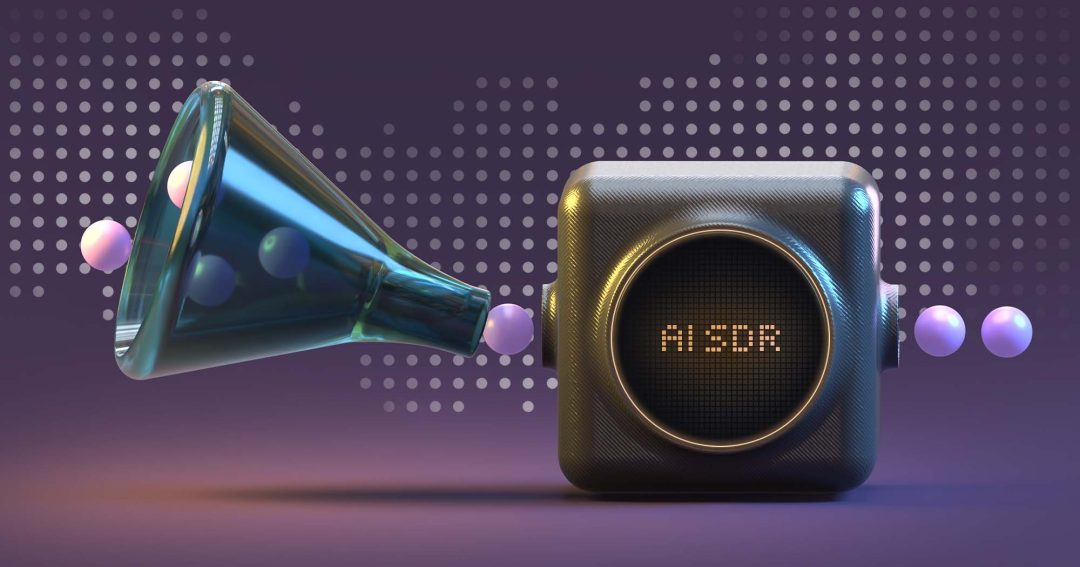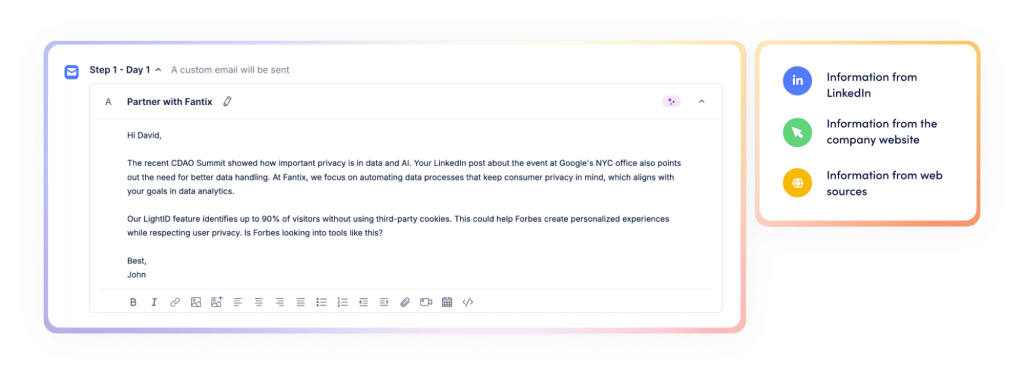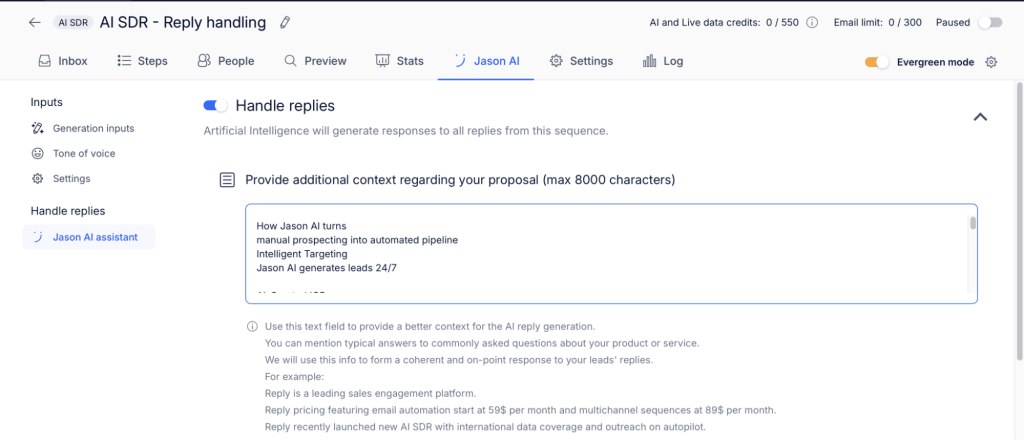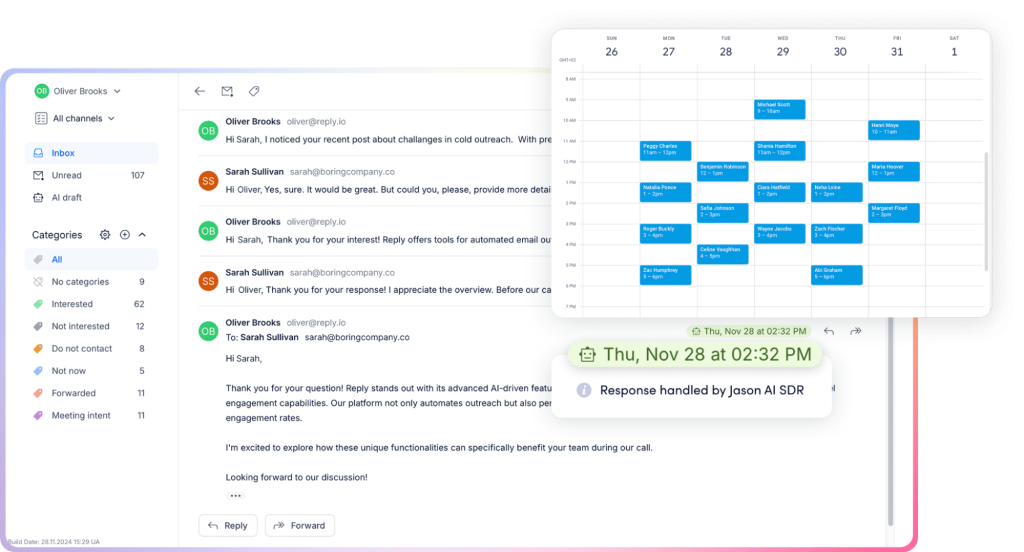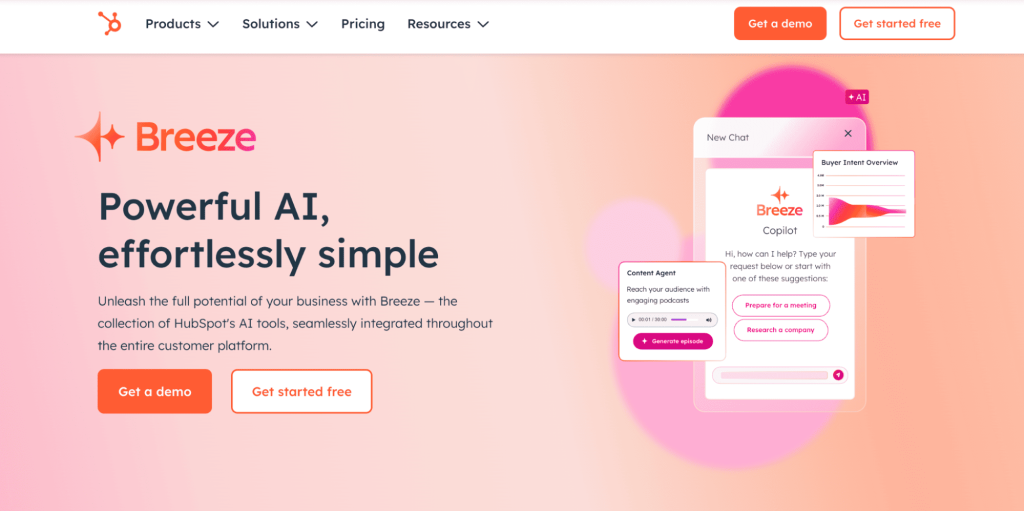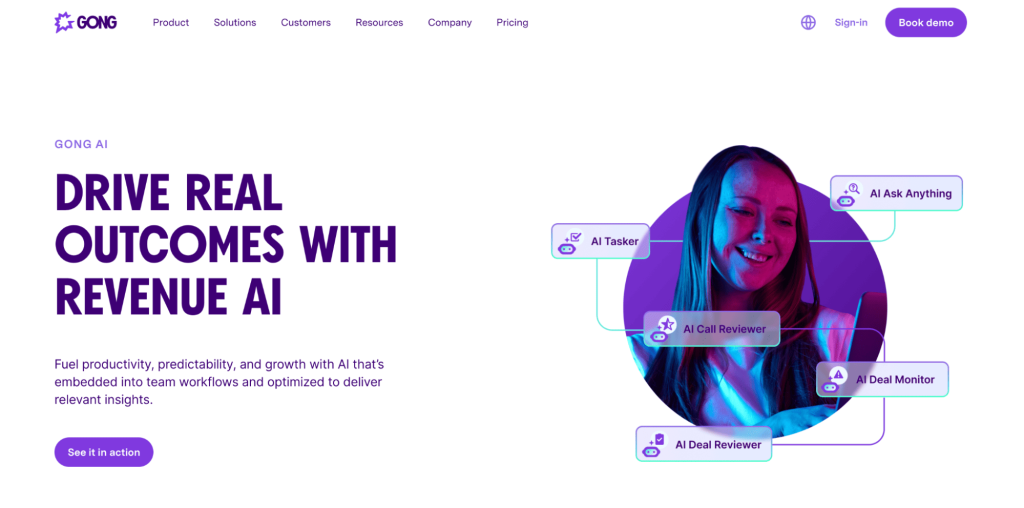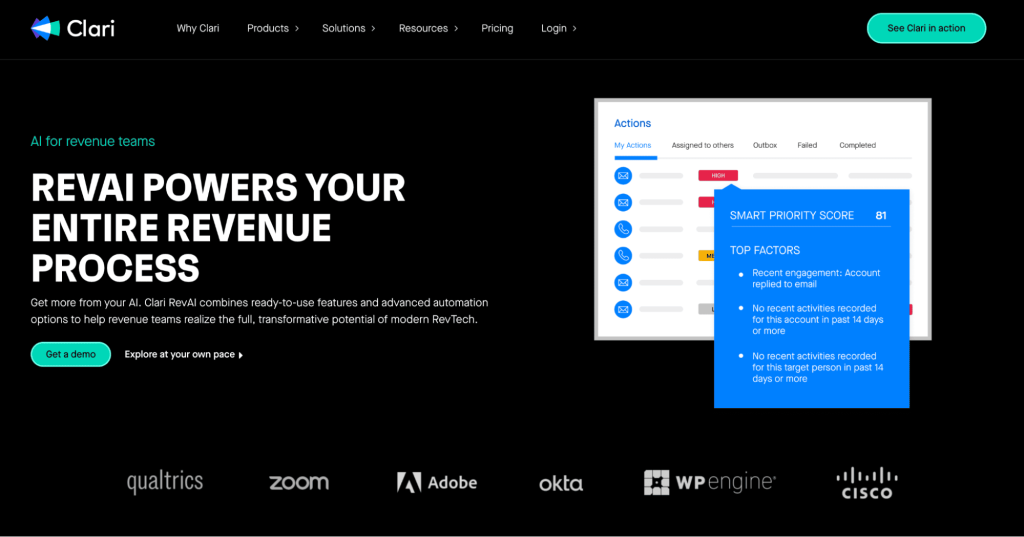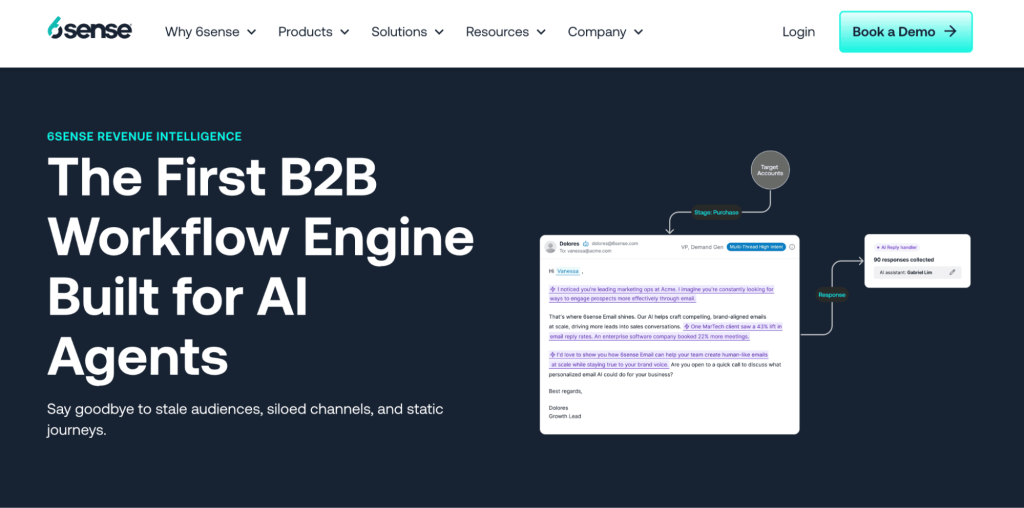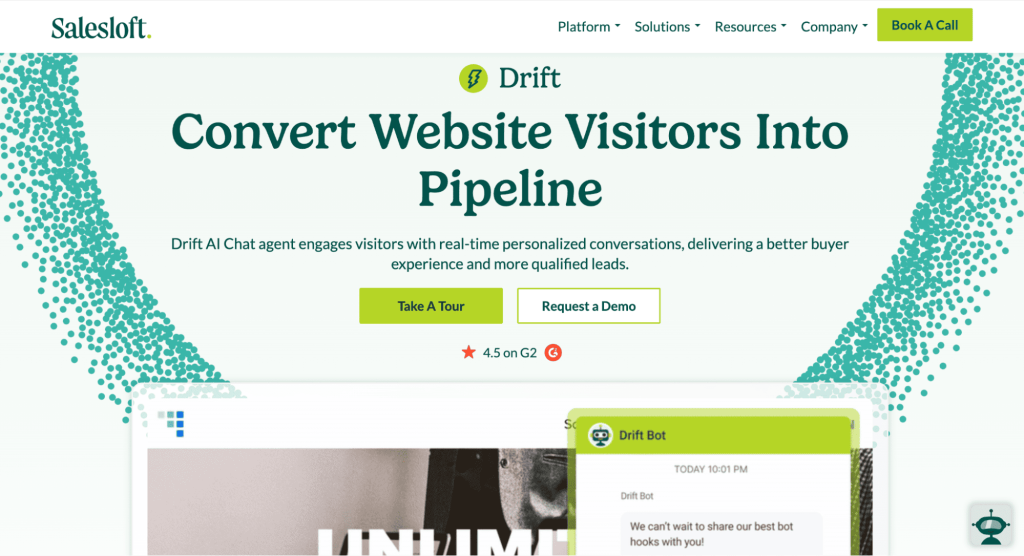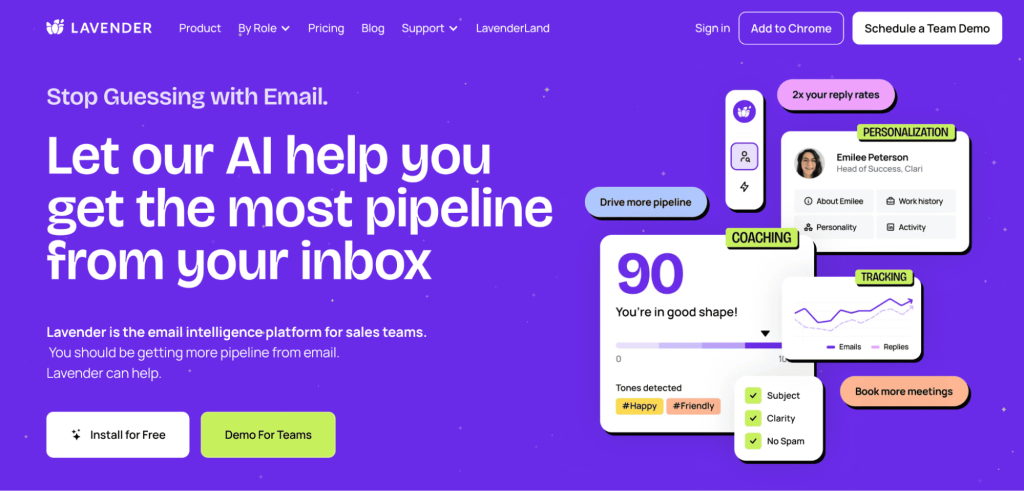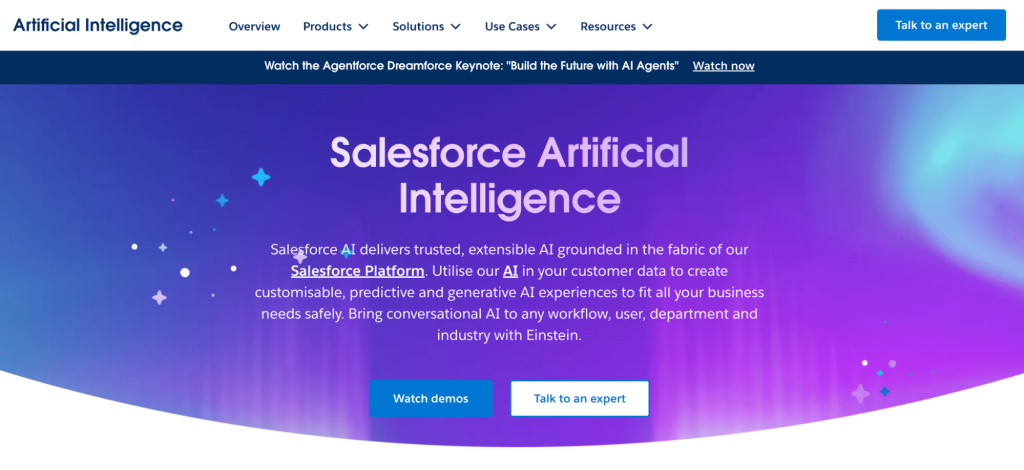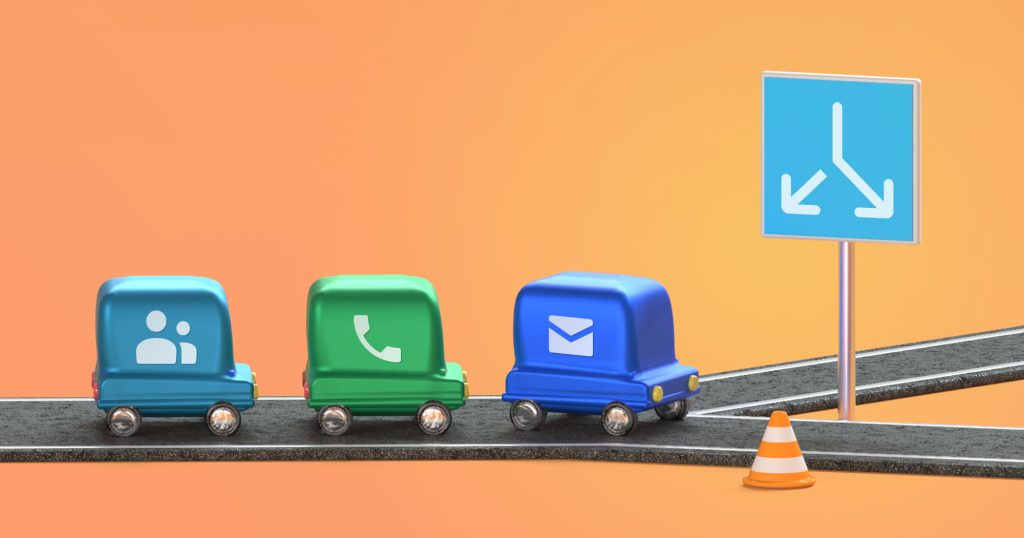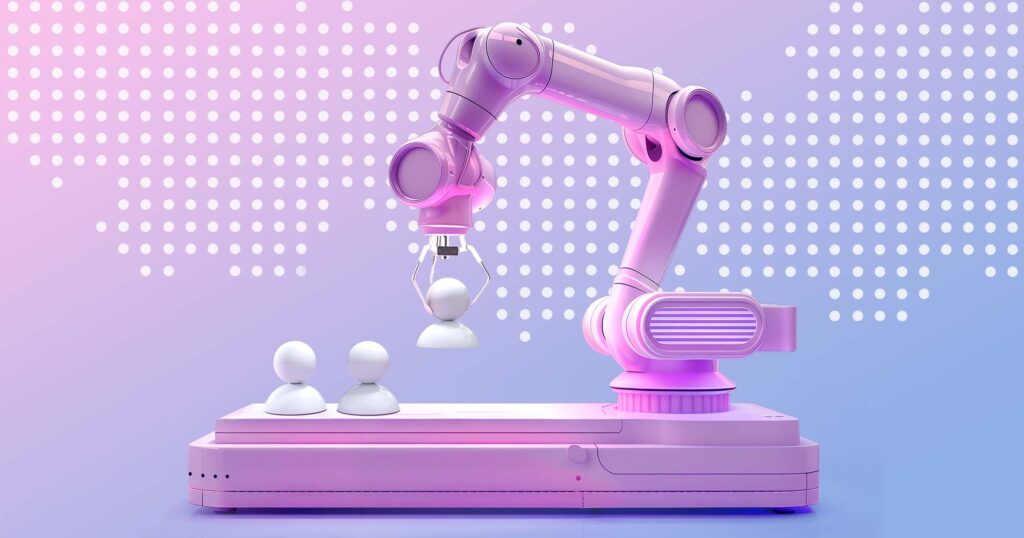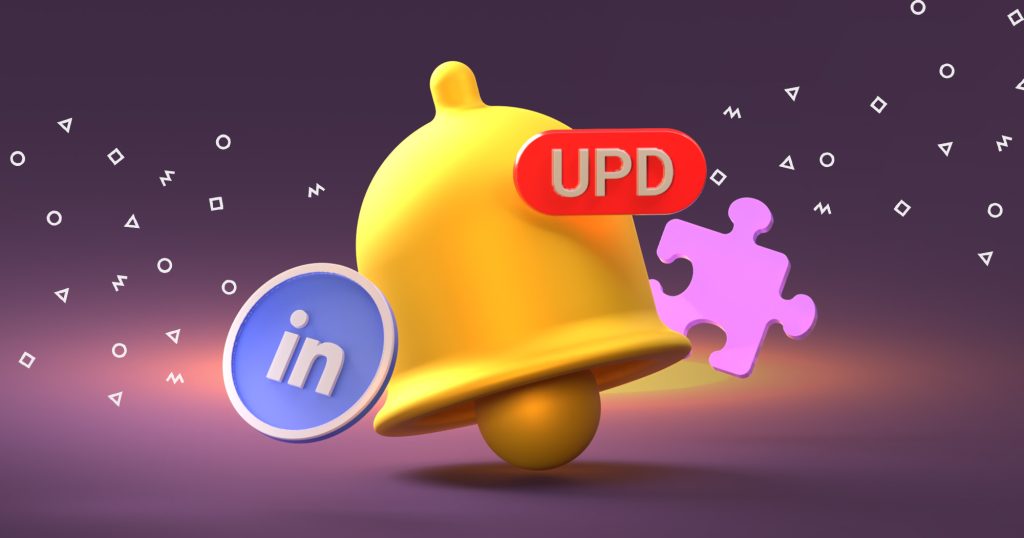The sales funnel in 2025 doesn’t operate in strict stages.
Your leads don’t fill out a form and wait. They chat with your AI rep, bounce off a cold email, resurface after a LinkedIn scroll, and binge your product docs at 11 PM—all in one week.
Meanwhile, your sales team is stuck stitching together the journey, hoping they’re not missing the moment that actually matters.
The only way to keep that funnel tight and moving is through intelligent automation. Not just more data, but AI that actually makes decisions—who to engage, when, and how.
This guide unpacks how top sales teams are using AI right now to drive precision across the funnel—from smarter prospecting to frictionless handoffs and faster closes. Let’s begin!
How does AI fit into the sales funnel?
From the moment a prospect lands on your site to the moment they sign (and beyond), AI works quietly in the background to:
- Capture buyer intent and behavior
- Analyze fit and urgency
- Recommend next actions
- Personalize interactions
- Automate tedious tasks
It takes the guesswork out of your day. You don’t have to manually decide who to call or what to say next. AI keeps the funnel in motion, predicts patterns, flags hot leads, and nudges deals forward.
How does AI improve lead generation?
In the past, top-of-funnel work meant manually building lists or working off outdated databases. Today, AI turns lead generation into a strategic, real-time process.
Here’s how:
- Predictive identification: AI spots high-potential accounts based on historical win patterns, ideal customer traits, and real-time intent data
- Behavioral analysis: It picks up on signals like content engagement, site behavior, and job changes—signals you would otherwise miss
- Enrichment at scale: You no longer have to dig through LinkedIn. Profiles get automatically enriched with relevant data, so you can reach out faster and with context.
Not just volume, AI helps you generate more qualified leads.
If you’re exploring different funnel-building tools to capture and convert leads more effectively, this ClickFunnels review breaks down its strengths and limitations for B2B teams.
How does AI qualify and score leads more accurately?
Lead qualification has gone from a static checklist to a living, learning process. Instead of relying solely on firmographics or job titles, AI evaluates:
- Behavioral signals (page views, email clicks, demo interest)
- Timing indicators (how quickly someone engages)
- Historical trends (what past closed-won deals looked like)
It then combines all of these into dynamic lead scores that change based on new activity.
What does this mean for you as an SDR? You don’t have to spend half your day wondering who’s worth your time. You open your CRM and already know who’s ready, who needs nurturing, and who can wait.
Qualifying leads is only one part of the larger sales picture. For a full look at how B2B sales teams are adapting in 2025, this B2B sales guide offers practical insights into evolving strategies and buyer expectations.
How can AI personalize outreach and engagement?
Buyers don’t like generic messaging—they want relevance. But doing that across 50+ accounts a day? That’s where AI comes in.
Here’s how it can help:
- Understand context instantly: AI summarizes key insights about each prospect—what they care about, how they’ve interacted, and where they are in the journey
- Craft custom messages faster: Based on that context, AI tailors your messaging to match pain points, industry challenges, and use cases that matter
- Time it right: AI predicts when a lead is most likely to engage and adjusts outreach cadence accordingly
And that’s how you can get higher reply rates and fewer ignored emails.
AI can also give your inbound motion a major lift. These inbound sales tactics elaborate how to turn interest into qualified conversations.
